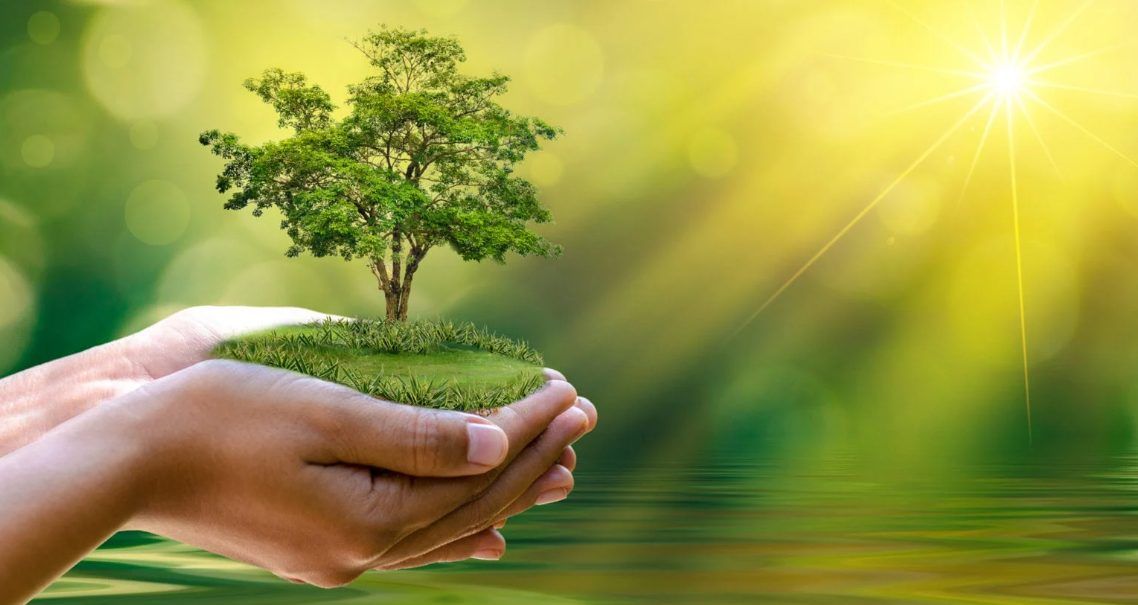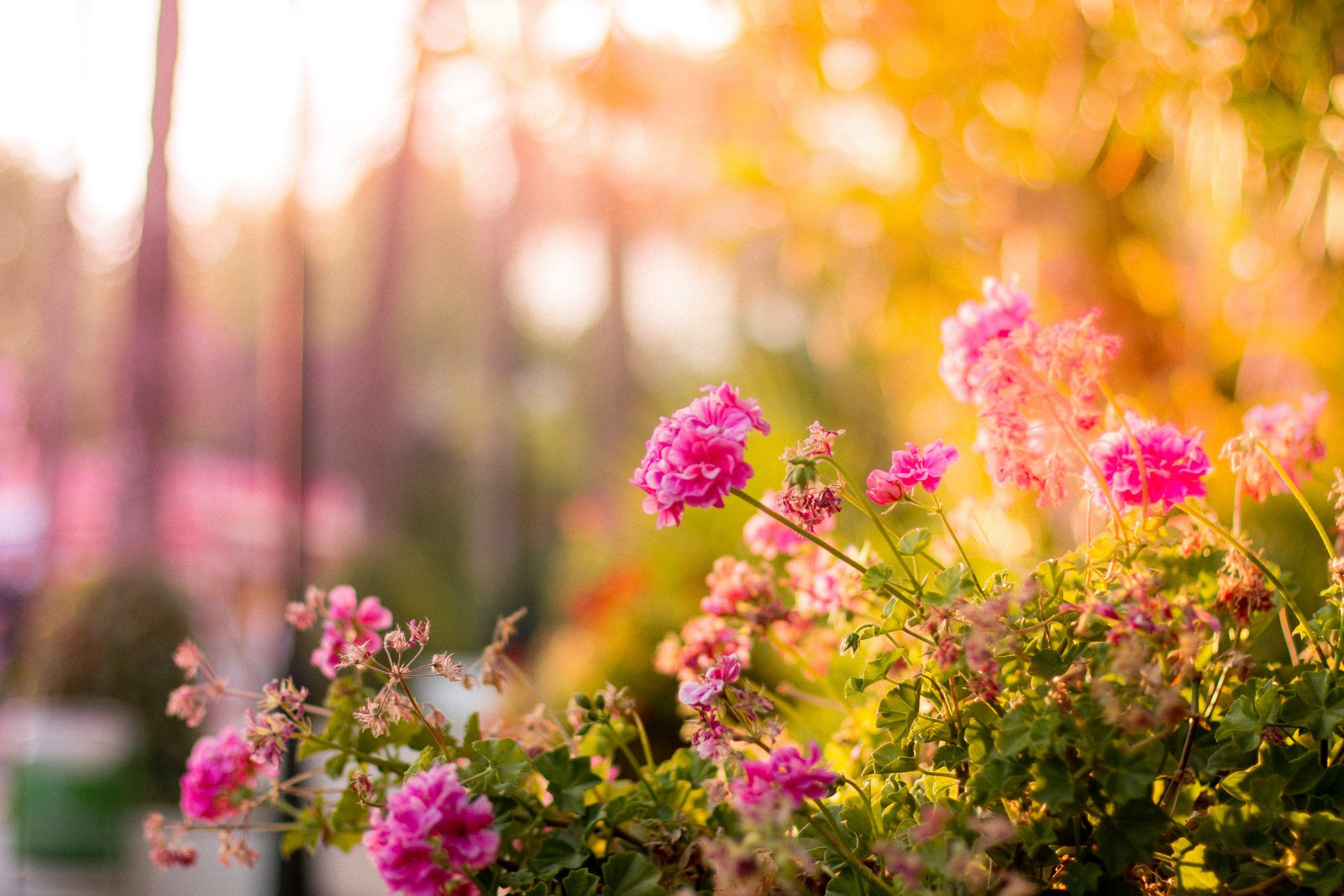Every Day is Earth Day at Timberline Lawn and Landscape!
Happy Earth Day from heart of Texas!
Green grass or a garden does not necessarily indicate how vibrant the color is. It is also a term that promotes how environmentally friendly and sustainable your gardening practices are. Earth Day is a time to celebrate the environment and discover what steps you can take to promote the well-lasting glorious earth around Texas/Dallas.
Although your lawn may look green to the eye, that may not necessarily be the case. Here are some tips for greener lawns and gardens this day.
- Go Organic, Challenge yourself to remove chemicals from your lawn and garden using more natural alternatives, such as organic fertilizers. They release nutrients slowly at a slower rate, when plants need them, and thus, last longer. Organic fertilizers also nourish your soil and burn less of your plant roots than chemical fertilizers. Chemicals and synthetic fertilizers, if misused, can kill soil roots and germs, and can also kill honey and other vital insects.
- Use native plants, When you grow trees, shrubs, flowers, and grasses that are native to your area, they can hardly adapt to the climate and use them with difficulty. As a result, they are basically taking care of themselves and need much less maintenance. This will not only save you time and effort, but also reduce your water consumption.
- Smart water and rain barrels, Perhaps the biggest step you can take to go green with your lawn is water retention. The best way to do this is to reduce the amount of landscaping and maintenance required. Give your grass a drink when it’s coolest during the day – usually dawn and dusk. By doing this, the water will have a better chance of getting wet instead of evaporating faster. Intensely and less water to encourage deeper root growth and create better tolerance to species in soil moisture. Frequent light and water tend to weaken your lawn, reduce tolerance to drier spells, and can increase insect damage. You can also save water by using a rain bucket or barrel. Place the barrels underdrains and drains to collect excess rainwater and use it to water plants and trees again.
- Choose low-energy lawnmowers, Using a gas lawnmower produces as much pollution as driving a car. Switching to a lower energy lawnmower, such as an old-fashioned lawnmower or electric lawnmower, can save you money and reduce toxic pollutants from being emitted into the atmosphere. It may be more work, but you will be improving the air quality in your neighborhood!
- Planting a tree, This is the easiest step you can take to help the environment. Trees will help purify the air around you by absorbing pollutants. They also slow down running rainwater and provide shade that can reduce cooling costs. And of course, they give shelter and food to wildlife. There are many ways to get greener, more sustainable lawns and gardens. It may be overwhelming to start your plan to go green, but our professional lawn care professionals are here to help you celebrate Earth Day by guiding you to the environmentally responsible lawn.
Take a step towards becoming more environmentally friendly this day and all year round by contacting Timberline Lawn and Landscape© to ask us for the perfect lawn care today. Happy Earth Day!


